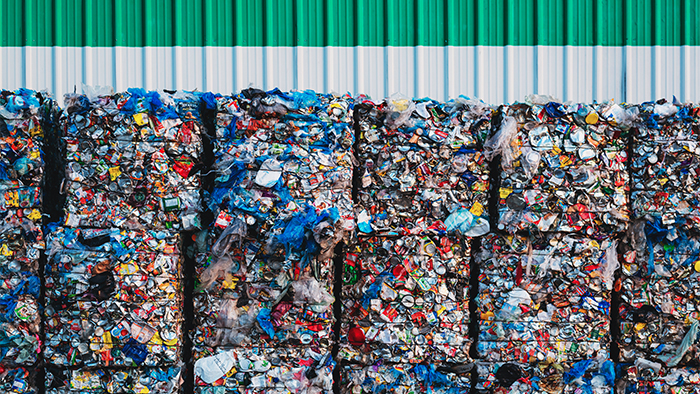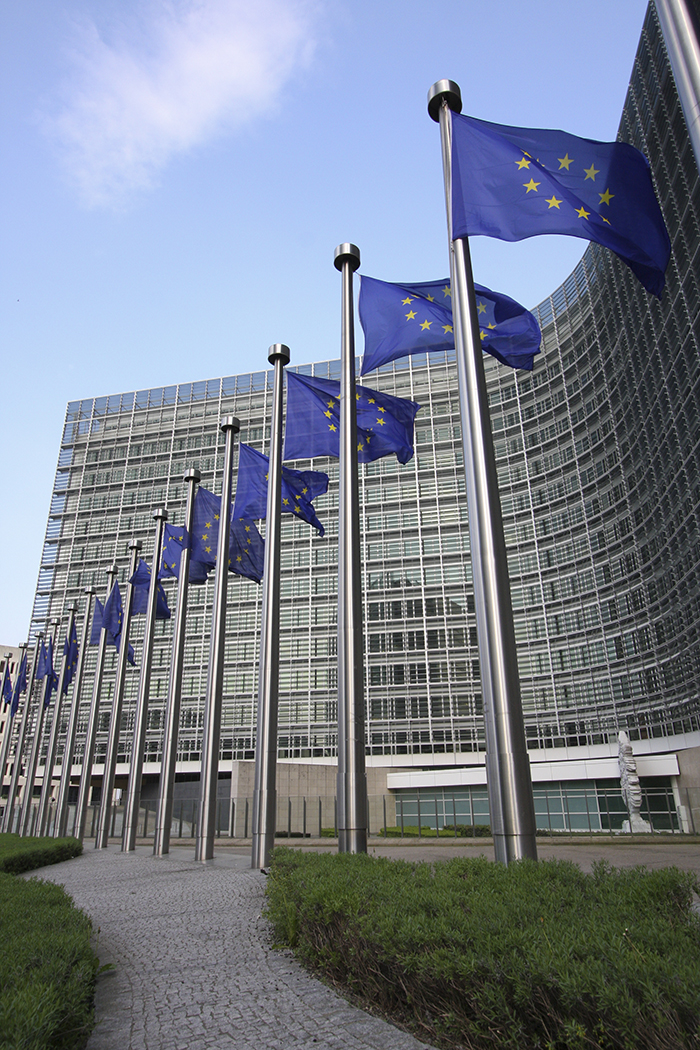Extended Producer Responsibility Bills Gain Momentum
- By [ Kaela Martins ]
- 08/30/2021

Extended Producer Responsibility (EPR) is an important policy tool for managing and reducing the increasing amount of consumer waste. The concept of EPR is to make product manufacturers and distributors responsible for their products and packaging at the end of life. This responsibility is intended to provide incentives for industry to prevent waste at the source, promote more circular design and establish public-private partnerships to help address waste program challenges. Typically, EPR laws require product manufacturers and distributors to develop a producer stewardship organization (PRO) that manages fees paid by producers to help with the take-back of products, education to consumers and meeting EPR targets and goals. Fees can vary based on the EPR program, but may include a flat fee, some basic fee modulation, or an eco-modulation of fees, such as charging higher fees for products with low recyclability, recycling rates and/or negative environmental attributes or providing a discount on fees for products with high recyclability or including recycled content.
A Global Lens
The term EPR originated in the European Union (EU), which has an extensive history with EPR programs. The EU has EPR systems in place for packaging and goods such as electronics, batteries, and cars. In recent years, the EU has pushed for eco-modulation to tie manufacturer costs for EPR programs to recyclability or recycled content in packaging. This push is in hopes of reaching the EU’s goal of making 70% of packaging recyclable by 2030. The EU is looking to harmonize rules that vary within its member countries and maximize the impact of EPR, including eco-modulated fees, to help boost efforts to reach this packaging goal.
Many non-governmental organizations are promoting and/or researching EPR related solutions. Leading European-based organizations, including the Ellen MacArthur Foundation and the Consumer Goods Forum have developed numerous resources laying out criteria for an optimal EPR program.
Canada also has EPR systems in place for certain products such as batteries, electronics, beverage containers, paint and recently paper and packaging. Unlike the EU, Canada looped printer paper and packaging into one EPR system, as paper often leads in high recovery rates. Five provinces in Canada currently have paper and packaging programs that are funded through EPR. The Retail Council of Canada and UL recently published a whitepaper on packaging EPR that provides a retailer perspective on EPR implementation in Canada.

EPR in the U.S.
EPR has a working history in the U.S. at the state level for products such as paint, batteries, carpet, mattresses, and electronics. For example, eight states plus the District of Colombia have EPR laws for paint, which can be reused, recycled into new paint or repurposed. These laws require paint companies to develop and manage paint stewardship programs, make it easier for consumers to recycle unused paint, and relieve the financial burden on local governments. Under these paint EPR laws, consumers pay a small fee for recycling when they purchase new paint. PaintCare, a non-profit product stewardship organization, uses these funds to manage the leftover paint.In recent years, and particularly this year, the U.S. has seen a major increase in other types of EPR bills introduced at the state level. So far this year, states have introduced over 30 EPR bills, mostly covering packaging. The below information provides insight on where EPR bills have been introduced in 2021 and what is covered.
Packaging and Paper
Maine (LD 1541) became the first state to pass legislation establishing EPR for packaging and paper materials in the state. On August 6, 2021, Oregon is became the second state to establish legislation, SB 582, for packaging and paper EPR. For more details on the Maine and Oregon bill, view our blog on “Packaging EPR – State Passage and What’s Next”. California (AB-842, SB 54), Hawaii (SR 73, HR 65, HB 1316, HB 1305, SB 1419), and New York (SB 2508, AB 3008, AB 5801, SB 1185A, AB 3580) are a few of the other states with active packaging EPR bills.
A good portion of these bills establish extended producer responsibility program requirements for producers of packaging material sold, offered for sale or distributed in the respective state, including through an online transaction. Many of the bills include printed paper and/or paper products, while some have also included a range of single-use products such as straws, utensils, cups, plates and plastic bags. In most bills, producers are also required to join a producer responsibility organization (PRO) and pay some form of a fee to the PRO to help with collection, education and implementation of EPR goals.
For a full list of EPR packaging bills introduced to states, including materials covered, you can view the Retail Compliance Center’s tracker here.
There are several organizations that have developed frameworks, viewpoints or policy proposals on EPR, many of which have participating industry members. Organizations such as The Recycling Partnership, The Recycling Leadership Council, and AMERIPEN have shared policy concepts, frameworks or viewpoints on packaging EPR programs. View the full list of organizations with policy concepts, frameworks or viewpoints on packaging EPR programs here.
Carpet
Illinois (SB 345), Minnesota (HF 842, SF 1171, HF 1426, , HF 1076 and SF 959), New York (SB 5027, SB 2872), and Oregon (HB 3271, SB 570 A) have introduced bills to establish a product stewardship program for carpets.
Currently California is the only state that has an EPR law for carpet. Under this law, carpet manufacturers (either individually or through their stewardship organization) design and implement their own stewardship program, which is funded by a visible fee that consumers pay at the point of sale.
Mattresses
Massachusetts (HB 988, HB 3107, SB 569, SD 2101), Minnesota (SF 959, HF 1076, SF 1767, HF 2361), and Oregon (SB 570) have introduced bills to create product stewardship programs for mattresses.
Textiles
Currently there are no introduced or enacted EPR laws for textiles in the U.S. Some cities, like New York City, have expanded residential textile recycling programs, and provide drop-off bins and locations for residents.
Learn More
Interested in learning more? Reach out to Kaela Martins to learn how RILA is facilitating retail industry discussions and engaging key stakeholders around EPR.
Disclaimer: Viewpoints in linked documents or pages do not necessarily reflect those of RILA and should be viewed for informational purposes only. The information above is meant to be a reference tool and is not an exhaustive list of all EPR legislative activity in the U.S. The information provides a summary and does not convey all aspects of legislated requirements. Links to legislation are accurate as of the date of this publication. Retailers should reference official agency resources and/or the appropriate legislative documents for comprehensive guidance. Inclusion of introduced legislation is not a predictor or an indicator of RILA’s belief that it will pass.



